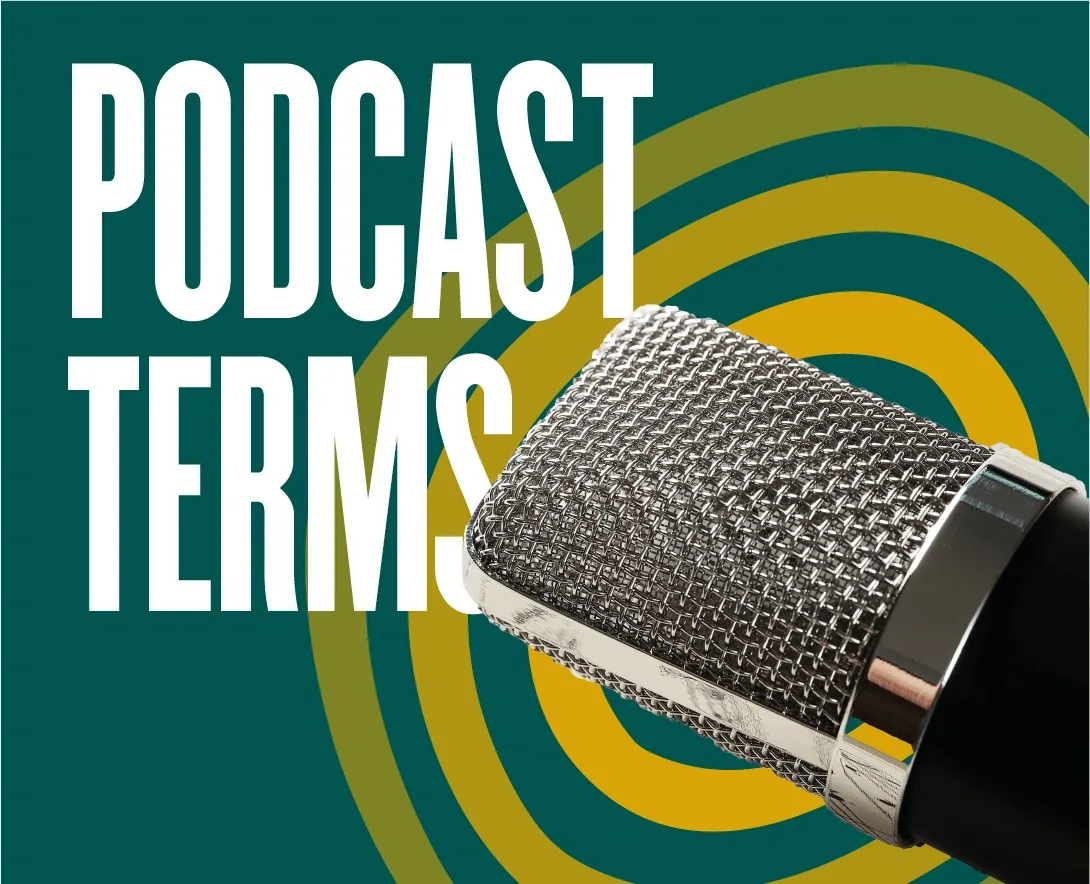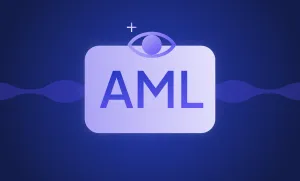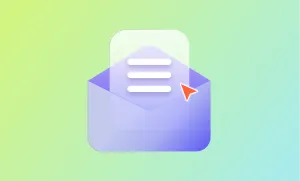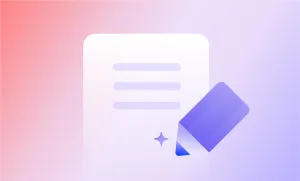Welcome to the exciting world of podcasting! As a beginner, there's a good chance you're not familiar with all of the slang and terminology used in the podcasting world. Podcast terms can be confusing at first, but once you adapt, you'll be podcasting like a pro in no time!
This blog post will cover some of the most common podcast terms and jargon. The knowledge of these terms will help you better communicate with other podcast professionals and get a good grasp of the podcasting world. Let's get started!
Audio Formats
ACC Format
The ACC format is a podcasting file type used by Apple devices and software.
MP3 (MPEG Layer 3) Format
The MP3 format is a podcasting file type widely accepted by most devices and software. Files converted in MP3 format store information in id3 Tags. Such tags can contain information about the artist, album, and song lyrics.
M4A / AAC (Advanced Audio Coding) Format
The MPC format is another podcasting file type that Apple developed. It's very similar to the ACC format but offers a few more features. When users purchase audio from the iTunes music store, it is automatically downloaded in AAC format.
OGG (Vorbis) Format
The OGG format is an open-source audio codec created as a competitor to MPC and AAC. It's not as widely accepted as the other formats, but it's still a valid option for podcasting. Besides storing the actual audio track, it's a podcasting file that can also include artist or track information, and metadata.
Video Formats
MP4 (MPEG-4) Format
MP4 is a podcasting file type used for video podcasting, a.k.a. vodcasting. It's very similar to the MP3 format, but it includes video and audio tracks in a single file.
M4V Format
This is a non-standard file extension of the MP4 format customized to support Apple Podcasts via iPod, iPhone, and the iTunes Store. The main features are the same. Nevertheless, there are additional capabilities added by Apple.
FLV (Flash Video) Format
FLV format enables uploading videos via Adobe Flash Player embedded in browsers. It is used by YouTube, as the HTML embed codes use FLV format video.
OGG (Theora) Format
Do not confuse this with OGG Vodis, which is an audio format. OGG Theora is a royalty-free video format maintained by Xiph.Org Foundation. The vodcasters' and video editors' communities do not widely use the format as most players, and smart TVs do not support it. Nevertheless, it is commonly used by Linux users.
There are several other podcasting file formats that we could mention, but these are the most common ones. Now let's proceed to other podcast terminology to make your podcasting experience more professional.
Podcast Terms to Master
Bed
That's what podcasters usually call a piece of music that runs as a background while someone's talking.
Bit Depth
Bit depth can vary between 16, 24, and 32, determining the quality of your audio recording. As a rule, most podcasters prefer keeping it 16.
Bit Rate
Bit rate is the criteria determining the number of data bits in each second of audio. Podcasters tend to adjust the bit rate around 96kbps for ordinary talks shows. However, if the podcast contains different beds, it is recommended to raise it to 128kbps.
Compression
This is the process of merging the quietest and loudest parts of the audio as much as possible. The primary goal of compressing audio is to make it sound more even and consistent.
DAW
The abbreviation opens as Digital Audio Workstation. DAW refers to any podcast recording software, such as Podcastle, Audacity, etc.
Directories
Podcasters submit their shows to podcast directories that give access to millions of listeners worldwide. Some of the most famous directories are Apple Podcasts, Spotify, Stitcher, TuneIn, etc.
Ducking
This technique is used in podcasting to reduce the volume of music or other elements whenever there's speech in the podcast. It makes the podcast sound more natural and prevents listeners from constantly adjusting the volume.
EQ
The term stands for Equalizer or Equalization. Professional podcasters edit their audio via an EQ, meaning they can adjust the specific features of the sound to make it more pleasant and fitting.
Foley
Foley is the reproduction of everyday sound effects that are used in movies and videos. Podcasters often use it to make their podcasts sound more professional and exciting.
Jingle
Jingle is a sound or short audio used in the show’s introduction or during the segment shifts. Such audio commonly lasts no longer than 20 seconds.
Normalization
This is a feature mainly found in DAW. It helps make all podcast episodes sound at the same volume, regardless of the original recording. In brief, due to normalization, editors can effortlessly even out all the waveform peaks and troughs.
RSS Feed
RSS Feed or RSS URL is an individually generated link shared through various directories and podcasting applications, such as iTunes, Stitcher, and others. It points directly to the latest episode of your podcast. By the way, you can find your show's RSS Feed at your media host.
Stereo
Podcasting is usually recorded in stereo, meaning that the show contains two audio channels - left and right. This gives the podcast a more natural and spacious sound. More advanced podcasters separate sounds between right and left, thus, creating a more profound listening experience. Stereo audio is suitable for musical podcast content. However, it wouldn't suit mono recording sessions.
Podcast Terms: Microphone Types
Lavalier Microphone
Lavalier is a small microphone that is clipped onto the speaker's clothing. It's perfect for recording interviews and other types of one-on-one conversations. It helps the speakers concentrate on the conversation rather than constantly think of holding or having a big microphone in front of their face.
Shotgun Microphone
These are highly directional microphones designed to capture sound from a specific direction. A shotgun is often used in podcasting while recording outdoors or in noisy environments.
Condenser Microphone
Such microphones are the most popular for podcasting. They are perfect for capturing a wide range of sounds, delivering excellent quality recordings. Condensers use a phantom power source or batteries to operate.
In conclusion, podcasting can be a great way to share your voice and message with the world. It's a fun and engaging medium that can help you connect with new listeners and build relationships with your current ones. If you're just starting, don't worry – you'll get the hang of it with the podcast terminology in no time!








